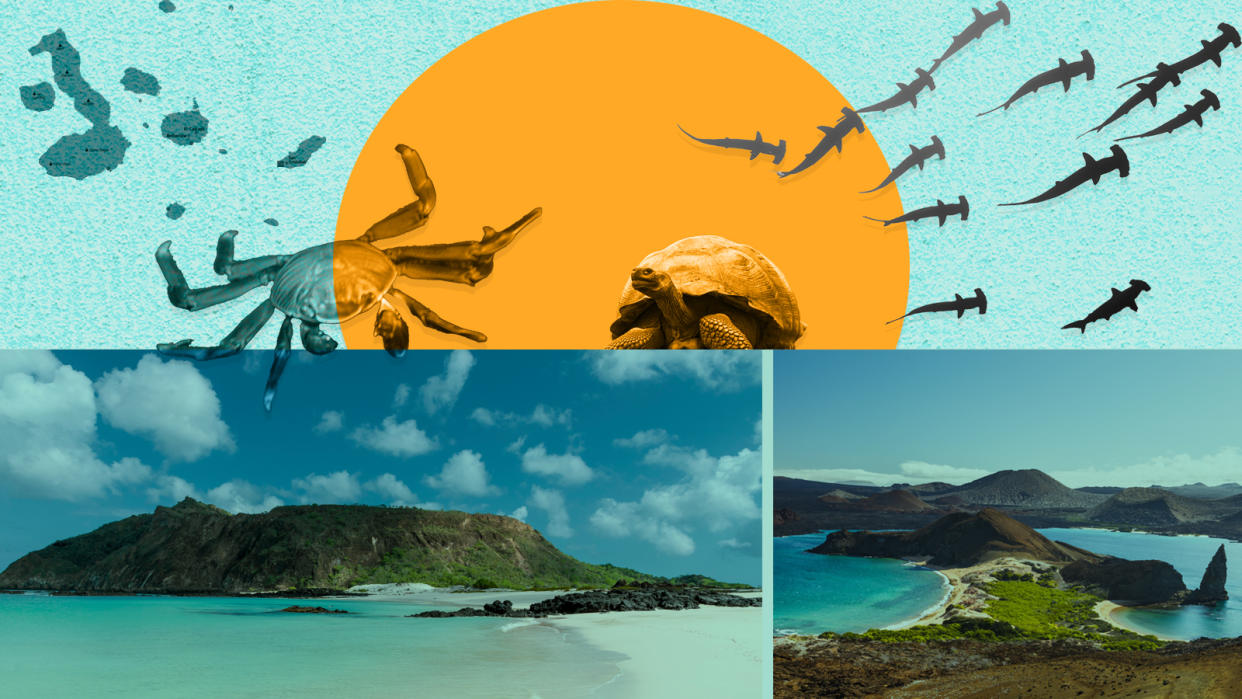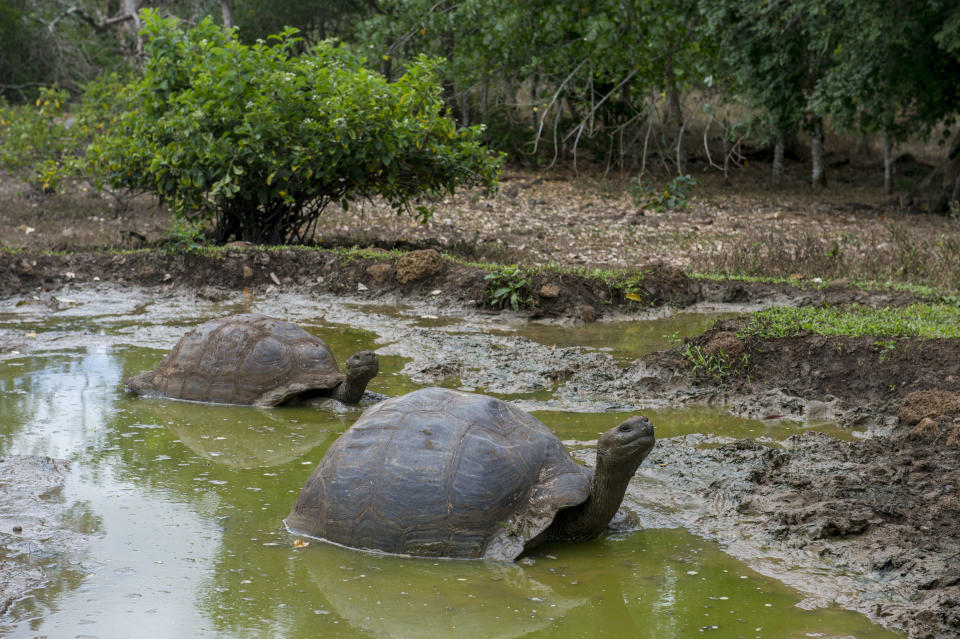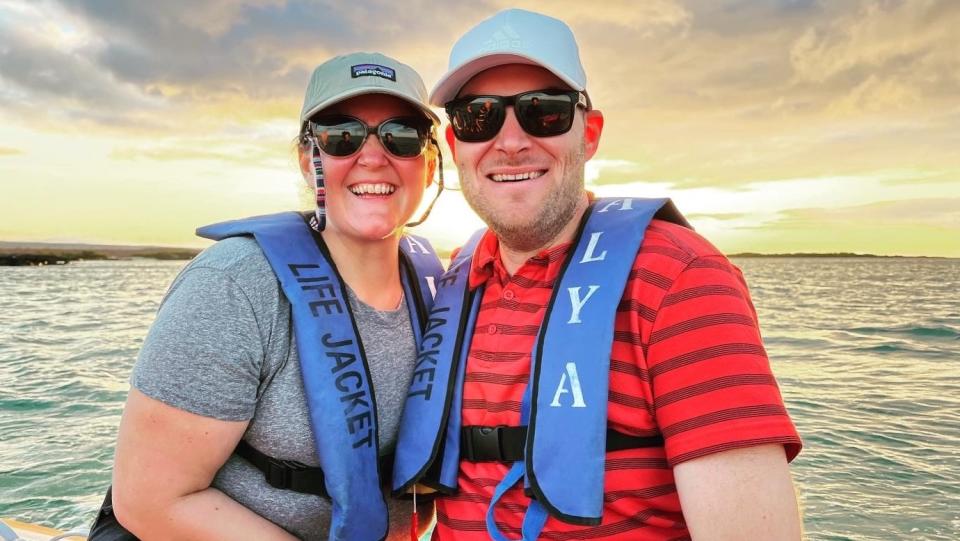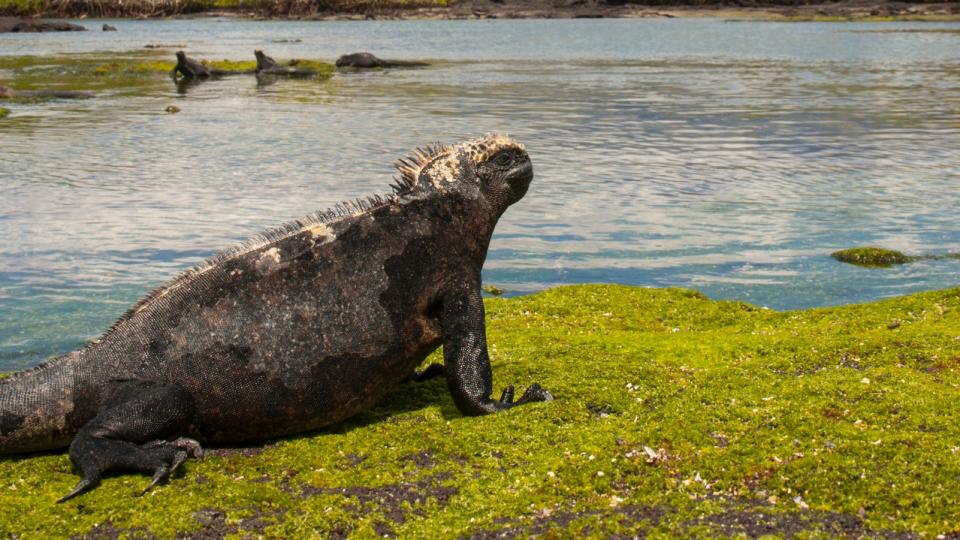A guide to the Galapagos Islands

There's no place like the Galapagos Islands. One of the most biodiverse spots on Earth, visitors will leave here having seen something entirely new, like a marine iguana or colony of Darwin's finches. It's not just the wildlife attracting intrepid travelers, either — the pristine beaches, turquoise waters and active volcanos are also big draws. The Galapagos Islands are about 600 miles off the coast of Ecuador, and while it takes plenty of planning and time to get there, the payoff is worth it.
How to get there

First, travelers have to fly into Ecuador, to either the capital Quito or the port city of Guayaquil. From there, you'll catch a connecting flight to the Galapagos, where there are two airports: one on San Cristobal Island and the other on Baltra Island.
Jess Heuermann, senior trip planner with Adventure Life, told The Week she recommends arriving in Ecuador two days before a scheduled trip to the Galapagos Islands, just in case of flight delays. The islands sit on the equator and are a year-round destination, with the peak travel season in the summer and around Christmas. It's best to plan a trip a year in advance, if possible.
Note: Before flying to the Galapagos, you'll have to pay $20 at the airport for a Galapagos Transit Control Card. Once you're in Galapagos, there's another $100 national park entrance fee. The Galapagos National Park covers 97% of the islands, and this helps fund conservation efforts. Typically, your cruise or tour company will pay these fees in advance.
Where to stay

Visitors can either explore the Galapagos Islands on a cruise or a land-based tour, where they stay overnight in hotels rather than on a boat. Cruises are the more popular choice, since they can cover more ground and travel to remote destinations. "I always recommend a cruise, because for all the time and effort it took to get there, you want to make the most of your vacation," Heuermann said.
These are not cruises with thousands of people on board and several decks filled with entertainment. The vessels are required to have one certified guide for every 16 passengers, and cannot have more than 100 passengers total. Whether it's a relatively budget-friendly cruise or one that's more luxurious, it's all about experiencing nature and getting off the boat once or twice a day to explore, which is why you won't find huge water slides or casinos on these vessels.
What to see and do

The Galapagos Islands are an archipelago, with 13 major islands, including four that are inhabited. The main draw is nature's splendor, with travelers wanting to spend time outdoors hiking, snorkeling, kayaking, scuba diving, and observing wildlife. "You are almost guaranteed to see on any trip sea lions, blue-footed boobies, and marine iguanas," Heuermann said.
You'll want to make sure your phone or camera battery is fully charged, because photo opportunities will abound. When looking at cruise itineraries, see if there are stops on Española Island, where the waved albatross lives, and Isabela Island, home to the Galapagos penguin (the only penguin species found north of the equator).
Most visitors will also stop at the Charles Darwin Research Station on Santa Cruz Island. There are exhibits about the flora and fauna, as well as opportunities to see giant tortoises, baby tortoises and land iguanas. One popular beach on the island is the stunning white sand Tortuga Bay, where the turtle watching can't be beaten. This is your chance to embrace your inner Darwin, so have a notebook handy to write out your thoughts and observations.
Over the last decade, there's been a surge in travel to Galapagos. Visitors are asked to show respect to the land by picking up their trash and leaving no trace behind.

